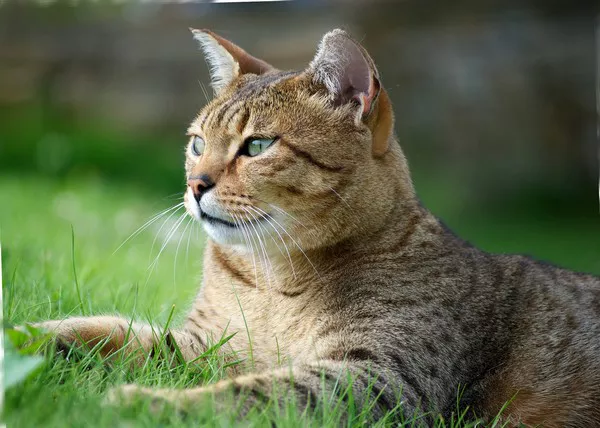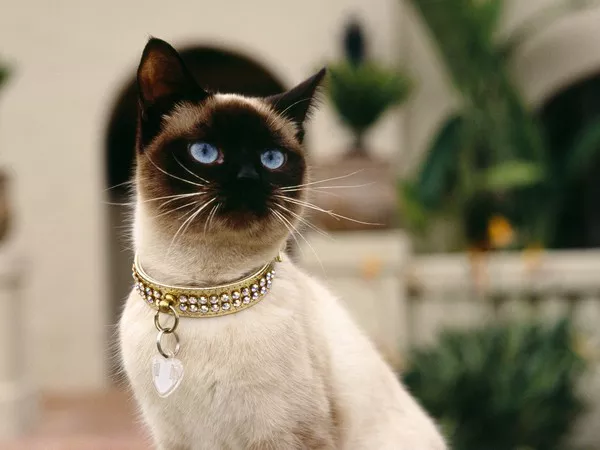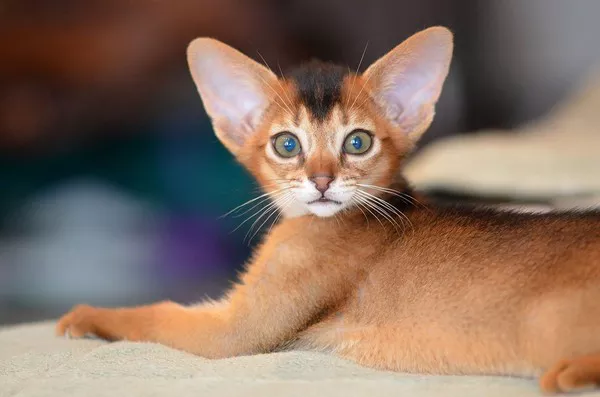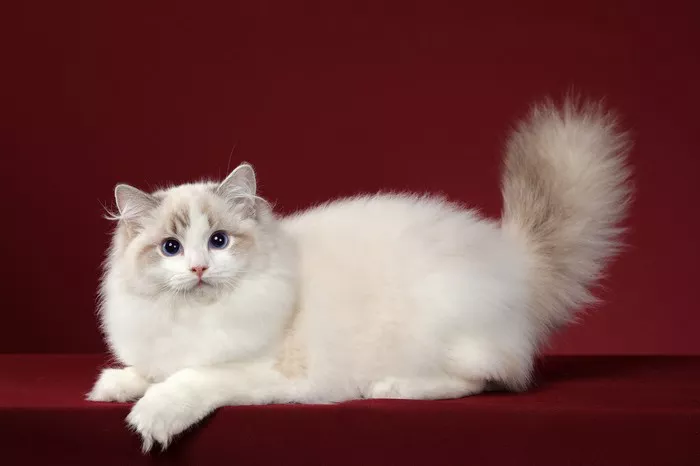Cats are mysterious and fascinating creatures, often communicating through their behaviors. One such behavior that can leave cat owners puzzled is drooling. While it’s not uncommon for cats to drool occasionally, excessive or sudden drooling might indicate an underlying issue. In this article, we’ll delve into the world of cat drooling, exploring when it’s considered normal and when it could signal a health concern. By understanding the reasons behind your cat’s drooling, you can ensure their well-being and take appropriate action if needed.
Normal Occasions for Cat Drooling
1. Contentment and Relaxation
Cats sometimes drool when they’re in a state of contentment, such as when they’re receiving gentle pets, relaxing in their favorite spot, or being massaged.
2. Grooming Rituals
Cats are meticulous groomers, and during their grooming sessions, they might lick their fur excessively, causing some drool to escape as a result of the stimulation.
Situations That Can Cause Temporary Drooling
1. Presence of Catnip
Catnip, a herbaceous plant that many cats adore, can induce drooling in some felines when they interact with or consume it.
2. Excitement and Play
Intense play sessions or moments of heightened excitement can trigger drooling, as your cat’s body responds to the surge of energy and stimulation.
Potential Health Concerns Associated with Excessive Drooling
1. Dental Issues
Dental problems, such as gum disease, tooth decay, or oral infections, can lead to excessive drooling as your cat’s body responds to the discomfort in their mouth.
2. Nausea and Digestive Problems
Gastrointestinal issues, including nausea, stomach upset, or even the ingestion of something toxic, can cause cats to drool excessively.
3. Respiratory Distress
Respiratory issues, such as upper respiratory infections or foreign objects lodged in the throat, can lead to difficulty breathing, which in turn might cause drooling.
When to Seek Veterinary Attention
1. Sudden Onset of Excessive Drooling
If your cat starts drooling suddenly and excessively, it’s wise to consult a veterinarian. This could be a sign of an underlying health issue that requires prompt attention.
2. Changes in Behavior
Accompanied by changes in appetite, lethargy, or other abnormal behaviors, excessive drooling could be indicative of a more serious health problem.
Steps to Address Cat Drooling
1. Regular Dental Care
Prevent dental issues by implementing a regular dental care routine, which may include brushing your cat’s teeth and providing dental treats or toys.
2. Monitoring Diet and Ingestion
Ensure that your cat’s diet is appropriate and free of potential hazards. Keep dangerous substances out of their reach and monitor their behavior for signs of ingestion.
3. Regular Veterinary Checkups
Regular veterinary checkups are essential for maintaining your cat’s health. Your vet can identify any underlying issues and provide guidance on preventive care.
Conclusion
In conclusion, while cat drooling can occur for various reasons, understanding the context and frequency of the behavior is crucial. Normal drooling during grooming or moments of contentment is typically harmless. However, sudden, excessive, or persistent drooling could be a red flag for an underlying health issue that requires attention. By staying observant and proactive, you can address potential problems early and ensure your cat’s well-being. If you’re ever uncertain about your cat’s drooling behavior, don’t hesitate to consult a veterinarian. Your dedication to understanding and responding to your cat’s needs is key to providing them with a happy and healthy life.



























